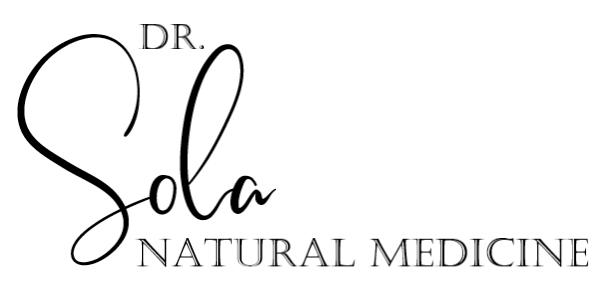
Aloe vera (gel)
Other Botanical Names: Aloe barbadensis
Common Name: Aloe
Family: Aloaceae
Parts used: Gel (the clear, inner mucilaginous part of the plant). It is completely different from the latex.
Constituents: Polysaccharides (glucomannan) are anti-inflammatory, antipruritic (anti-itching), and a vulnerary. The constituents aloctin A and aloe-emodin appear to be immunomodulating.
Taste/smell: Gel by itself is pleasant tasting
Tendencies: Cooling, drying, stimulating
Actions
Vulnerary
Emollient
Antipruritic
Anti-inflammatory
Demulcent
Immunomodulating
Anti-atherosclerotic
Anti-diabetic
Uses
Topical Vulnerary and Emollient:
1st- to 2nd-degree burns
Frostbite
Skin wounds, including diabetic wounds
Skin ulcers
Topical Antiprutitic:
Pruritic (itchy) skin
Internal Anti-inflammatory, Demulcent, and Vulnerary:
Gastritis
Inflammatory bowel diseases (IBD) like ulcerative colitis or Crohn’s disease
Peptic and duodenal ulcers
Immunomodulating:
Interstitial or infectious cystitis
Urinary tract infections (UTIs)
Anti-atherosclerotic:
Hypercholesterolemia
Anti-Diabetic:
Type 2 diabetes mellitus
Complementary Adjuncts
Improves rate of healing occurs when it was applied locally with polyethylene oxide over dermabrasion, compared with standard polyethylene oxide gel wound dressing
Improves the anti-inflammatory effect of hydrocortisone acetate cream when it is used as a vehicle for topical application to skin inflammation
Contraindications
3rd-degree burns
Deep or infected wounds
Surgical wounds
Allergic hypersensitivity to aloe
Adverse Effects
Cramping and diarrhea from internal use
Toxicity
Extremely safe as a gel (not latex part)
May delay healing of severe burns or deep, surgical wounds
Interactions
Theoretically, polysaccharides may reduce the absorption of many agents if taken simultaneously
Increases the hypoglycemic effects of glyburide (glibenclamide) due to its antihyperglycemic activity
References:
Brinker, Francis J. Herbal Contraindications and Drug Interactions plus: Herbal Adjuncts with Medicines. Eclectic Medical Publications, 2010.
Chithra et al., Influence of Aloe vera on the Healing of Dermal Wound in Diabetic Rats. Journal of Ethnopharmacology, 1998;59: 195-201.
Heggers, Kucukcelebi, Stbenau et. al. Wound Healing Effects of Aloe Gel and other Topical Antibacterial Agents on Rat Skin, Phytotherapy Research. 1995;9;6: 455-457.
Kaufmann, Taylor. NPLEX II Study Guide. Wild Brilliance Press, 2019.
Lawrence Review of Natural Products, Aloe, April 1992.
Lun, Vincent, et al. Core Knowledge for NPLEX 2. 1st ed., Marano Publishing Incorporated, 2014.
Marciano, Marisa, and Nikita A. Vizniak. Evidence Informed Botanical Medicine. Professional Health Systems Inc., 2015.
Sherman, John. The Complete Botanical Prescriber. Four Seasons Pub.
Skenderi, Gazmend. Herbal Vade Mecum: 800 Herbs, Spices, Essential Oils, Lipids, Etc., Constituents, Properties, Uses, and Caution. Herbacy Press, 2004.
Tilgner, Sharol. Herbal Medicine: From the Heart of the Earth. Wise Acres, 2020.




